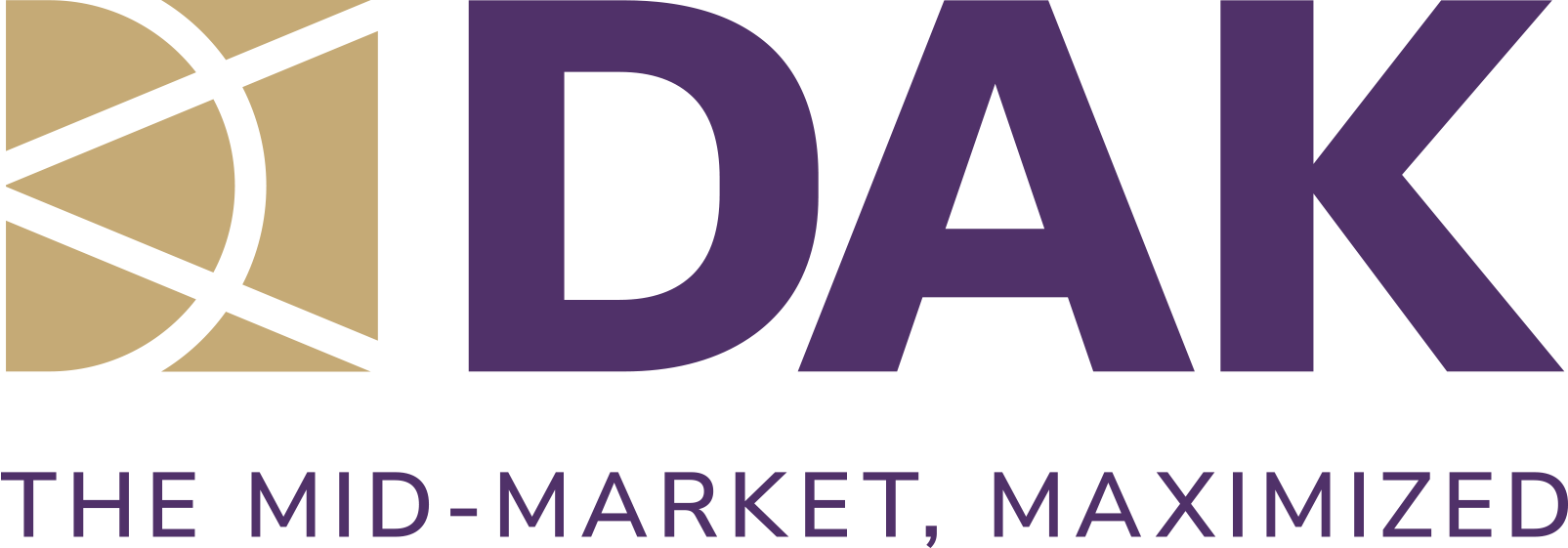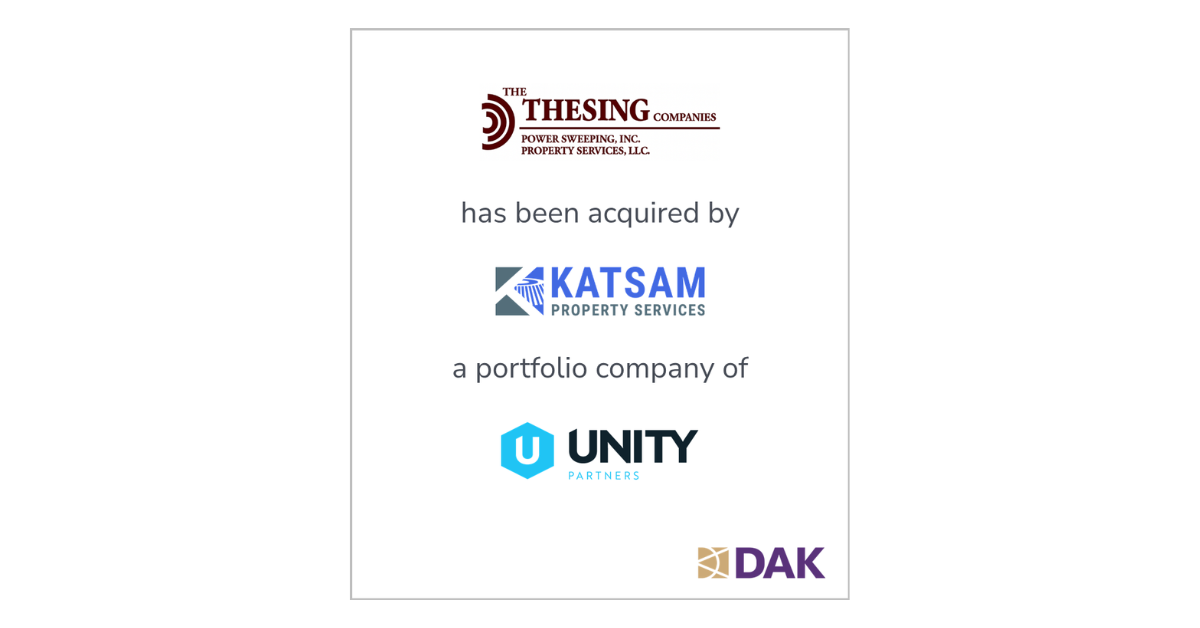Pro AV merger and acquisition activity may have slowed drastically in 2020, but the new year brings new opportunities.
The Pro AV industry has seen a considerable uptick in merger and acquisition activity in recent years. A paradigm shift is occurring in how users deploy and consume unified communications and workplace collaboration solutions. This is supported by the ongoing convergence of voice, video, and traditional IT.
The shifting industry landscape is creating opportunities for all participants in the marketplace, including manufacturers, distributors, and systems integrators. Among those opportunities is the increase of merger and acquisition activity.
The pandemic somewhat slowed M&A activity in 2020, the fragmented nature of the ProAV ecosystem combined with long-term industry growth forecasts strongly indicates that the active M&A trends will persist, and likely increase in 2021 and beyond. M&A continues to be a tool used by existing businesses to enable access into new vertical and geographical end-markets and new technologies while also leveraging economies of scale and driving meaningful cost efficiencies.
The large ProAV transactions tend to dominate the news, while, small and medium size businesses represent a significant amount of the action. The small and medium ProAV businesses will undoubtedly benefit from the ongoing consolidation, either by being the acquisition target of a buyer, or by acquiring talent and customers in the aftermath of someone else’s acquisition.
Conversely, it is not uncommon for industry consolidation to lead to unintended casualties. Business owners that do not rise to the challenge by enhancing their capabilities, increasing managed services revenue, or anticipating disruptive change will likely find themselves on the outside looking in.
In order to understand how to benefit from the increased levels of M&A activity, owners need to realize the factors that are truly driving it. What is it about the ProAV industry that is attracting investment dollars and propelling transaction activity?
There are 3 Foundational Principles that have pushed Mergers and Acquisitions in the ProAV sector to new heights:
1. Economic Globalization – is the speedup of movements and exchanges of people, goods, services, capital, and technologies across the planet. The world continues to become a smaller place and the need for communication and collaboration has increased exponentially over the last twenty years. As more and more parts of the world continue to develop, emerging markets will give rise to new economic opportunities and drive the need for enhanced communication and collaboration.
2. Rapid Evolution of AV Technologies – is largely in response to supporting the trend of economic globalization. Flat panel displays came onto the scene at the turn of the century, with touch panels becoming more and more prevalent. The migration from analog to digital; the enterprise-wide use of computers and significant expansion of the use of networking and collaboration technologies have all created significant opportunities for ProAV while also increasing the level of solution complexity.
3. Increased Convergence of AV and IT – this transition has been occurring for some time, but we have only recently seen its impact on M&A activity. With increasingly complex, integrated AV and collaboration solutions, the importance of IT expertise is more pronounced today than it has ever been.
So how do these three foundational principles translate into M&A activity?
They have all fueled the desire among commercial integrators to grow in scale and in scope, and this growth has largely been accomplished through M&A.
Economic globalization has created the need for implementation and ubiquitous use of AV and collaboration technologies on a nationwide and global scale. The ability to efficiently service a customers’ needs in New York City, Tokyo and Tel Aviv requires the organizational scale that is most frequently achieved through M&A. The use of professional alliances and networks such as PSNI and Global Presence Alliance have certainly helped integrators service customers internationally.
But M&A has been the single, most important tool integrators have used in building and growing their global footprint. US-based integrators like Diversified and AVI-SPL as well as UK-based integrator Kinly have all used acquisitions to build scale globally. And they are not alone. Integrators in Europe and the Pacific Rim are using acquisitions to gain access to growing foreign markets, including here in the US.
The rapid evolution of AV technologies has also given rise to increased M&A activity. The resulting acceleration of technology refresh rates driven in part by the emergence of new and improved communication and collaboration technologies has driven the industry to new heights. Employers see the implementation and use of the latest technologies not only as a means to attract and retain talent but also to deliver gains in efficiency and productivity.
The Pro AV market is growing faster today than at any point in the recent past – this has attracted substantial amounts of institutional private equity capital looking to leverage industry growth by building and growing successful businesses, with the first acquisition being the “platform” company.
Initial platform acquisitions frequently give rise to complimentary add-on acquisitions to build continuous value and drive long-term growth. This is the basis of the private equity model and the Pro AV industry will be a long-term beneficiary.
Further driving M&A activity is the convergence of AV and IT. As technology implementations continue to evolve from the traditional “hang and bang” projects to complex enterprise-wide unified communication and collaboration solutions, and complex digital signage integrations, the need for a sophisticated technical skillset has never been more important.
Not only is it important to understand the emerging technologies and proactively match them to a customers’ needs, but the ability to engineer, integrate and install these technologies has become critical.
In addition, the use of complex AV technologies outside the traditional corporate or enterprise verticals, in markets such as healthcare and aerospace and defense has amplified the need for sophisticated integration expertise.
To address this need, Pro AV solutions providers are using mergers and acquisitions as a means to acquire sophisticated AV and IT talent while building-out and expanding the scope of their product and service offerings. The union between AV and IT has never been more compelling (and necessary)!
How can business owners and AV professionals, benefit from this M&A activity? There are four primary approaches to leverage the trend:
Strategic Acquisitions
Given the uptick in activity, now may be a great time to explore acquisition opportunities to drive growth in your business. Are there geographic expansion opportunities? Perhaps to an adjacent city or state? Does your strategic plan include diversifying into a different end-market? Perhaps your business is currently focused on corporate and enterprise customers – adding exposure to government or higher education might leverage your core AV skillset into a different vertical and build further diversification.
Would your organization and/or customer base benefit from an expansion of your service offerings? Perhaps your customer base has a need for unified communications, or digital signage? Are there other products or services that you could cross-sell into your customer base? The answers to these strategic questions could involve M&A where appropriate.
If acquiring anther business is not in your vision, perhaps being opportunistic and watching as other companies consolidate could bear fruitful resources for your company in the areas of talent and customer acquisition.
Talent Acquisition
This is often an overlooked byproduct of M&A. While most acquisitions tend to result in new growth opportunities for an acquired company’s employees, it is possible for consolidation to result in the loss of jobs, particularly as businesses may seek to combine in order to reduce fixed costs and administrative expenses and benefit from synergies. While the loss of jobs is unpleasant, talented employees can often find a home within other organizations.
From a business owners’ perspective, identifying talent that may become available as a result of an acquisition may be a great way to fill open positions or find a strategic hire who may open the door to new customer relationships or provide you with a technical skillset that may otherwise be difficult to find.
Customer Acquisition
While most properly executed M&A transactions do not result in significant customer attrition, it is not uncommon for customers to worry about how a transaction might impact their end-user experience, causing them to explore competitive alternatives. Following a transaction, merged companies may focus on quickly capturing synergies and avoiding major integration disasters while losing sight of customers at a time when they are most likely to bail.
Being attentive and opportunistic in the aftermath of an industry acquisition can potentially yield new, perhaps unexpected business development opportunities.
Sale of the Business
Lastly, but perhaps most importantly, the increase in industry M&A will present opportunities for business owners to finally explore the sale of their own company. With over $600 billion of private equity institutional capital on the sidelines combined with historically low interest rates and an active financing market, there has never been a better time for business owners to contemplate a sale.
Similarly, strategic buyers with strong balance sheets continue to be acquisitive as they seek to grow revenue, profitability, and capabilities through acquisitions. This desire to expand into a growing market, is marked with buyers paying higher multiples than in previous years.
Industry consolidation and M&A are overwhelmingly positive trends with the proper perspective and outlook. Opportunities to drive growth and expansion are available if you know where to find them. We are very confident that deal making will continue to be strong in 2021 and expect that competition for quality Pro AV businesses will increase among potential buyers, creating opportunities for all industry players to succeed and thrive!
Like this Thought Leadership?
Sign up to receive: News, Industry Analysis, Updates & Invitations.





